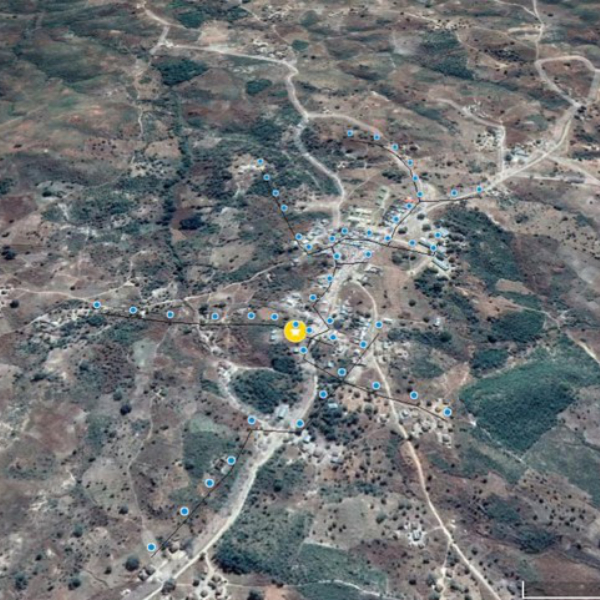
Recommendations for policy makers and the regulatory ecosystem
1. Designate space for microgrids in rural electrification planning
Despite a draft rural electrification plan in place and the newly published Integrated Energy Plan for Malawi, uncertainty exists regarding future plans for grid expansion, putting microgrid developers at risk of grid encroachment leading to stranded assets. This threat can be alleviated through clearly defined geographic areas or zones that are demarcated for microgrid development, de-risking the sector and attracting more investment. Additional confidence can be gained through clear understanding of what happens when the grid does arrive, with procedures set in place for microgrid to grid interconnection.

2. Implement pro-poor subsidies to reduce tariffs and improve microgrid financials
The high costs, low revenue and associated vulnerabilities in matching microgrid operational expenditure with income from electricity sales demonstrates the need for smart subsidies to enable solar microgrids to scale. Subsidies for grid connected electricity supply in the Global North are universal, and expecting the poorest communities to bear the full cost burden of electrification with no support is both unsustainable and unfair. This is evidenced in other African countries where subsidies are underpinning SDG7 progress. By sharing and aggregating key financial data across multiple active microgrid projects, appropriate subsidy levels can be quantified and a case made to the relevant authorities outlining the requirements for sustainable microgrid services in rural customers.

3. Design and operationalise a sector wide Environmental and Social Management Framework for microgrids
Environmental and Social Management Plans are recognised as necessary for ensuring microgrid developers actively reduce their environmental impact and increase the social impacts of the project. However, the requirements to produce an ESMP were found to take up significant resources relative to the size of the microgrids. A proposal to reduce these overheads is the implementation of a sector wide Environmental and Social Management Framework for micro and mini-grids in Malawi, allowing microgrid developers to streamline development timelines.

4. Remove barriers from VAT and FOREX
Allowing the current VAT waiver for solar products to be expanded to all components associated with microgrids, including shipping containers, distribution equipment, house wiring, overhead cables and ancillary devices, would further reduce CAPEX costs and improve financial sustainability of microgrid projects. Significant challenges and delays were faced with lack of foreign capital to purchase microgrid components. This could be overcome by central banks designating a set amount or percentage of foreign capital towards the purchase of renewable energy equipment.

5. Invest in research and capacity building
A shortage of skilled technicians, system designers and business expertise in the Malawian microgrid sector is stymying wide scale deployment and efforts are required to address this through targeted capacity building. This can include government support for technical short courses, degrees offered through local universities, online training and internship opportunities both local and international. Although augmenting existing training is important, perhaps more vital is to ensure that local skills are utilised and microgrid investment creates opportunities for local companies and engineers (as demonstrated in the EASE Project). Investment in microgrid research and development in partnership with local academia e.g. through providing research funding or innovation challenges will further accelerate microgrid deployment.
